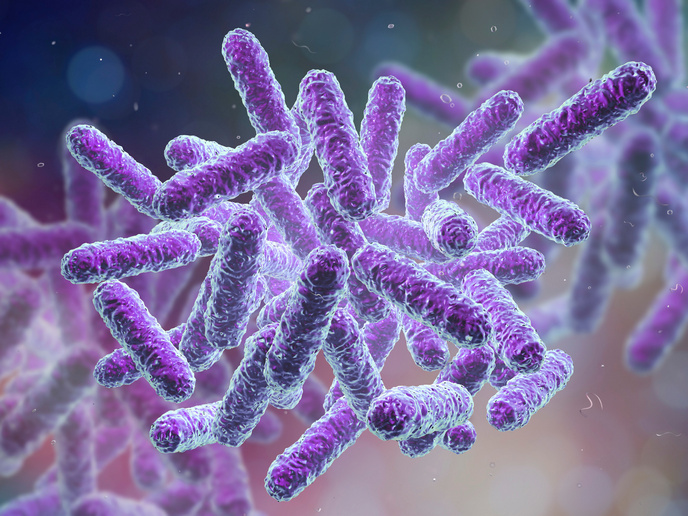Vulnerable processes in embryo development highlighted
Despite many technological advances, the overall pregnancy rate of IVF is only 30 % per single cycle. One contributing factor is that human reproduction includes a high prevalence of diverse chromosomal pathologies in oocytes and early embryos. There also exists significant dysregulation in gene expression in the embryo and the endometrial tissue of the mother’s uterus, which can result in implantation failure and decreased pregnancy rate after IVF. The EU-funded SARM(opens in new window) project addressed the need to improve future IVF treatments and better exploit recent technological innovations. The aim was to unravel the molecular nature of human pre-implantation embryo development and endometrial maturation. This ambitious goal was achieved by exploiting highly sophisticated single-cell genomics tools. These included fine-resolution mapping of DNA copy number changes through the use of single-nucleotide polymorphism arrays and sequencing platforms, and characterising single-cell transcriptional landscape by RNA sequencing. Project partners developed a unique single-cell full transcriptome sequencing technology to providing fundamental insights into the mechanism of human embryo development. The technology revealed the secrets of embryonic genome activation, which signals the transition from oocyte to embryo genome activity. Scientists also used for the first time endometrial tissue analysed at the single-cell level. This provided a reliable molecular tool for characterising the full cellular complexity of endometrial tissue by elucidating the roles of endometrial receptivity genes in different cellular populations. Researchers also combined embryo and endometrial gene expression profiles in order to update molecular models for human embryo implantation. SARM has contributed to the scientific understanding of human reproduction and provided the possibility for more profound integration of European research at both the academic and industry levels. This has led to a more efficient and systematic transfer of knowledge and skills between the two sectors. Results will benefit couples experiencing fertility problems by highlighting vulnerable processes in embryo development due to different molecular aberrations such as chromosomal instability to provide more reliable, cost-effective and safe tools for infertility treatment.







